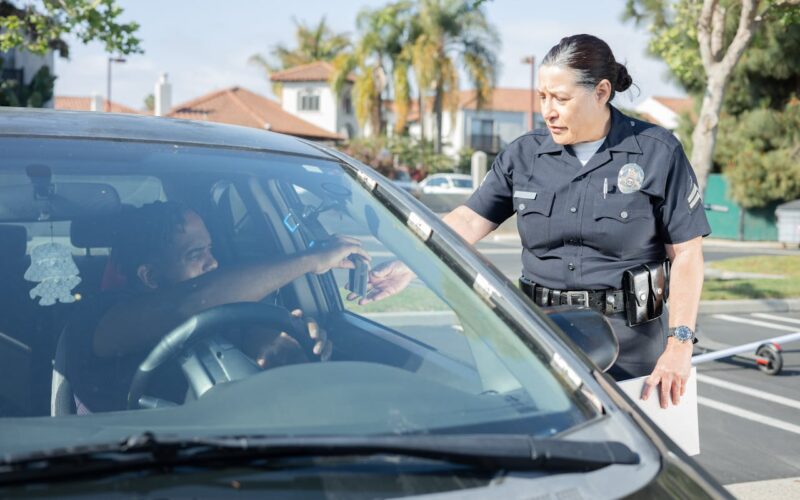Around the globe, traffic rules do more than prevent fender benders; they quietly reveal what each society worries about most. A short drive across a new border can bring fines for soggy suits, sandy flip flops, or even a lazy approach to headlights. Some laws began as serious attempts to curb crashes, others as overreactions to a single stunt gone wrong. Together they show how culture, habit, and fear all end up written into the rules of the road, and how strange that can look from the outside.
Cyprus: No Snacks Behind The Wheel
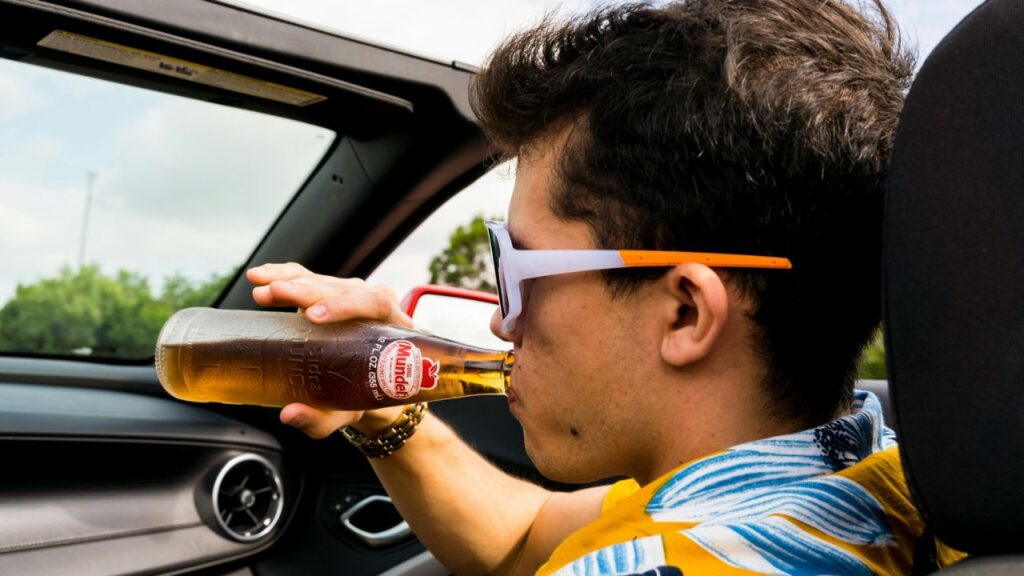
In Cyprus, traffic law treats snacks as a real distraction, not a harmless way to pass the time. Drivers are expected to keep both hands on the wheel, and eating or drinking while the car is moving can bring a fine, even for a quick sip of water on a hot day. The rule grew from worries about reaction time and crash risk, but it also reflects a stricter view of discipline, turning roadside kiosks into genuine breaks instead of rolling buffets.
Japan: Fines For Splashing Pedestrians

In Japan, courtesy stretches all the way to wet sidewalks. Drivers who plow through puddles and drench people on the curb can face a fine, because splashing is treated as a preventable nuisance, not an accident. The expectation is simple: slow down, read the road surface, and protect suits, uniforms, and school bags from a sudden shower. The law quietly turns a rainy commute into a shared responsibility, where the worst storm is not an excuse to forget basic respect.
Russia: Dirty Cars Can Cost Real Money

In parts of Russia, neglecting a car wash can become more than a cosmetic issue. When plates and bodywork grow so filthy that numbers are hard to read, drivers risk a fine for effectively hiding their identity in mud and slush. The rule sits at the crossroads of safety, enforcement, and civic pride, especially in long winters when roads stay gray for months. Keeping a car recognizably clean becomes less about vanity and more about remaining visible to both cameras and police.
Finland: Headlights On, Even At Midnight Sun
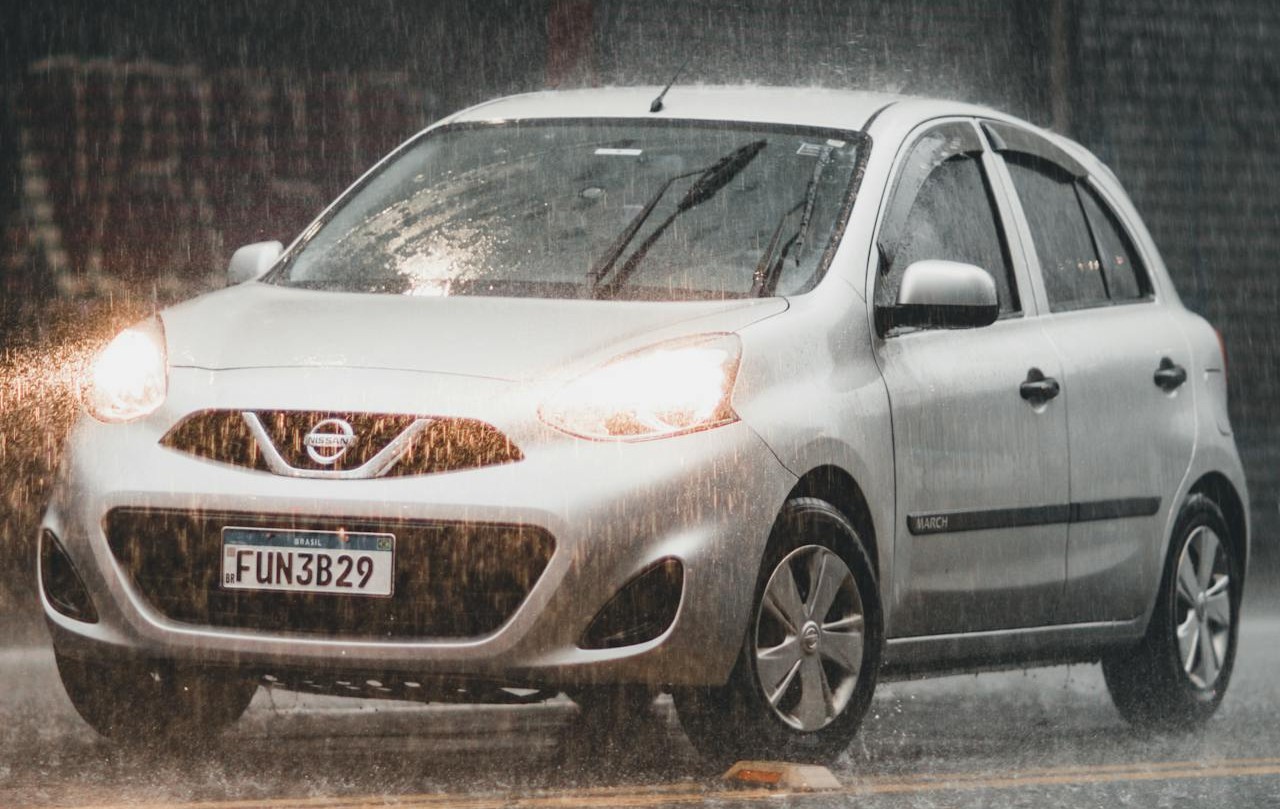
Finland requires headlights or daytime running lights at all times, even when the sky glows with summer light. The idea is not to fight darkness but to boost visibility in fog, sleet, low winter sun, and forests where gray cars melt into the background. Constant illumination turns every moving vehicle into a clear signal against a landscape that can change from bright to murky in minutes. What seems excessive to visitors feels like common sense to locals who drive through long seasons of twilight.
Denmark: Look Under The Car Before Leaving

In Denmark, drivers are instructed to check around and even under the car before setting off. The habit grew from concerns about children, pets, and workers in pits or tight courtyards where space is limited and sightlines are poor. Even when no one watches for strict enforcement, the idea shapes how people think about blind spots at very close range. A car is not treated as harmless until it moves; it is treated as dangerous precisely because it might move without warning.
Thailand: Shirtless Driving Counts As Improper
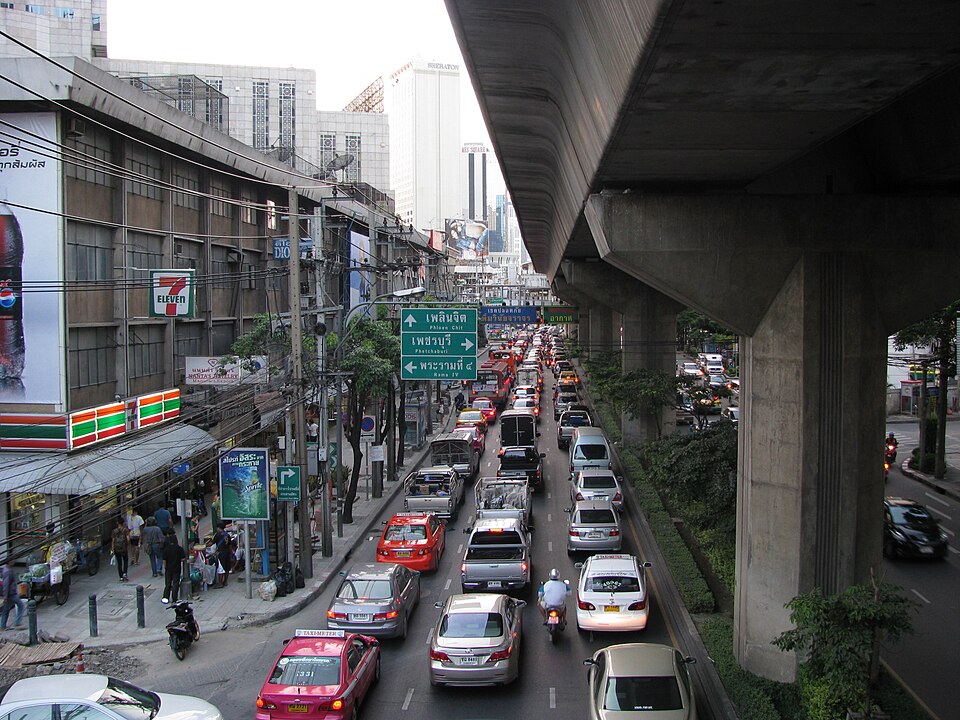
Thailand’s climate tempts many people to strip down, but the road has its own dress code. Driving shirtless can be fined as improper attire or minor public indecency, since a moving vehicle is still part of public space, not a private bubble. The rule blends modesty with order, suggesting that how a driver looks affects the tone of the street. Heat and humidity may dominate the weather, yet the law still asks for a basic level of presentation behind the wheel.
Spain: Beach Flip Flops Are Pedal Enemies
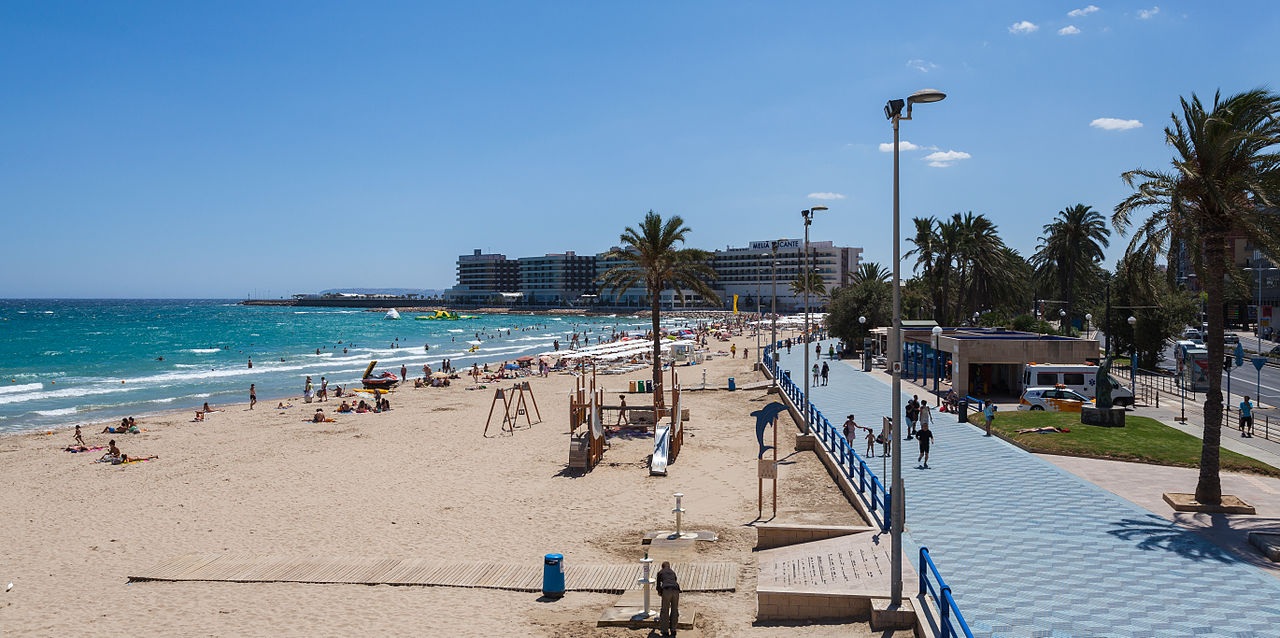
On Spain’s coasts, flimsy sandals are a daily uniform, but traffic officers see them as a risk. Regulations allow fines when footwear prevents proper control of pedals, and loose flip flops often fall into that category. A shoe that can slip, twist, or wedge at the wrong moment becomes more than a fashion choice; it becomes a hazard. In resort towns, that means the short walk from sand to parking lot marks a quiet shift from holiday mode to road responsibility.
Slovenia: Hazard Lights For Reversing
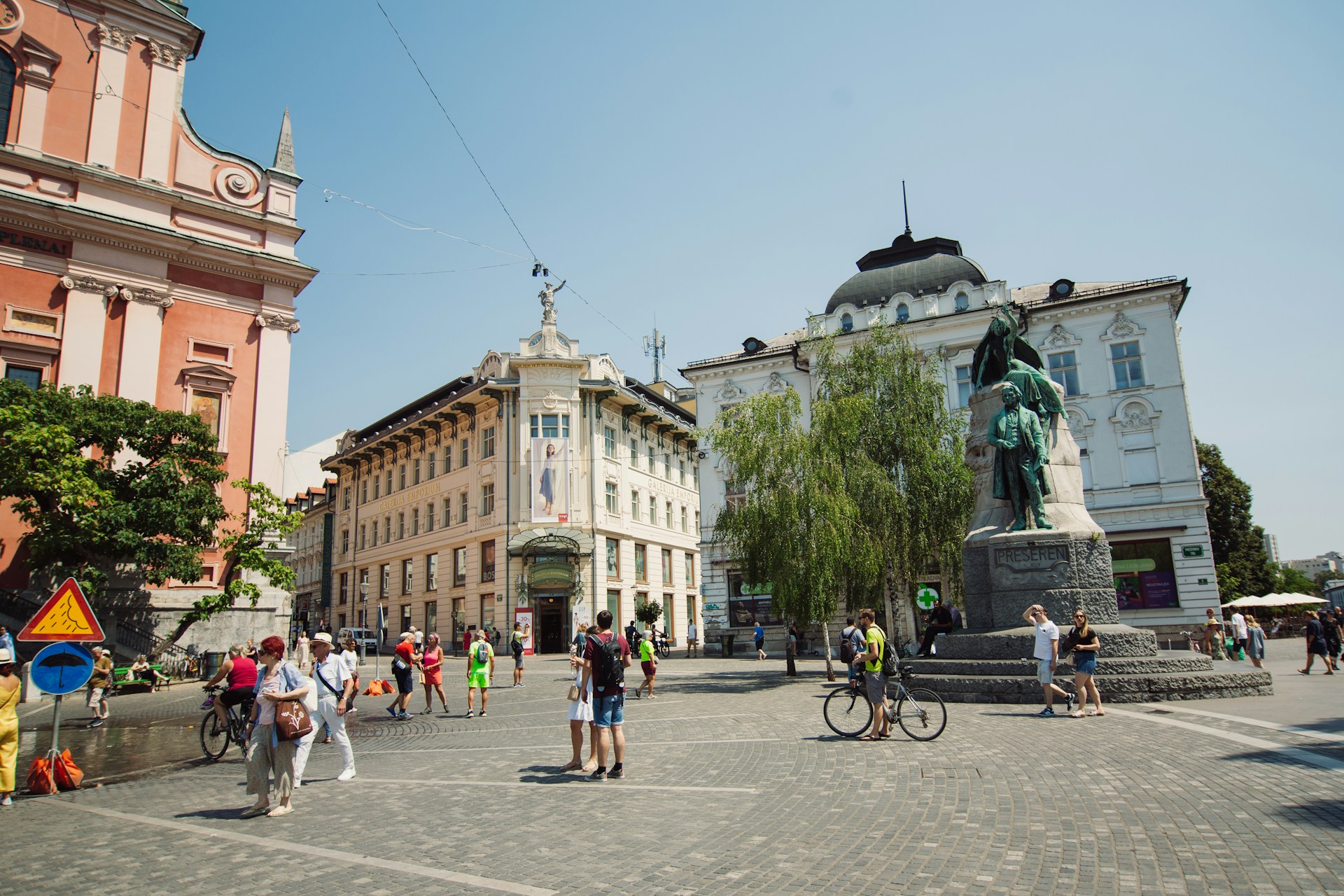
Slovenia treats reversing as serious enough to deserve extra attention. When a car backs up, drivers are expected to switch on hazard lights along with the standard reverse lamps, turning even a simple parking maneuver into a flashing warning. The rule is designed for tight streets, garages, and village corners where visibility is limited and surprises are common. That brief burst of light tells pedestrians and cyclists that the vehicle is not just standing still but about to move unpredictably.
Philippines: Plate Numbers Decide Driving Days
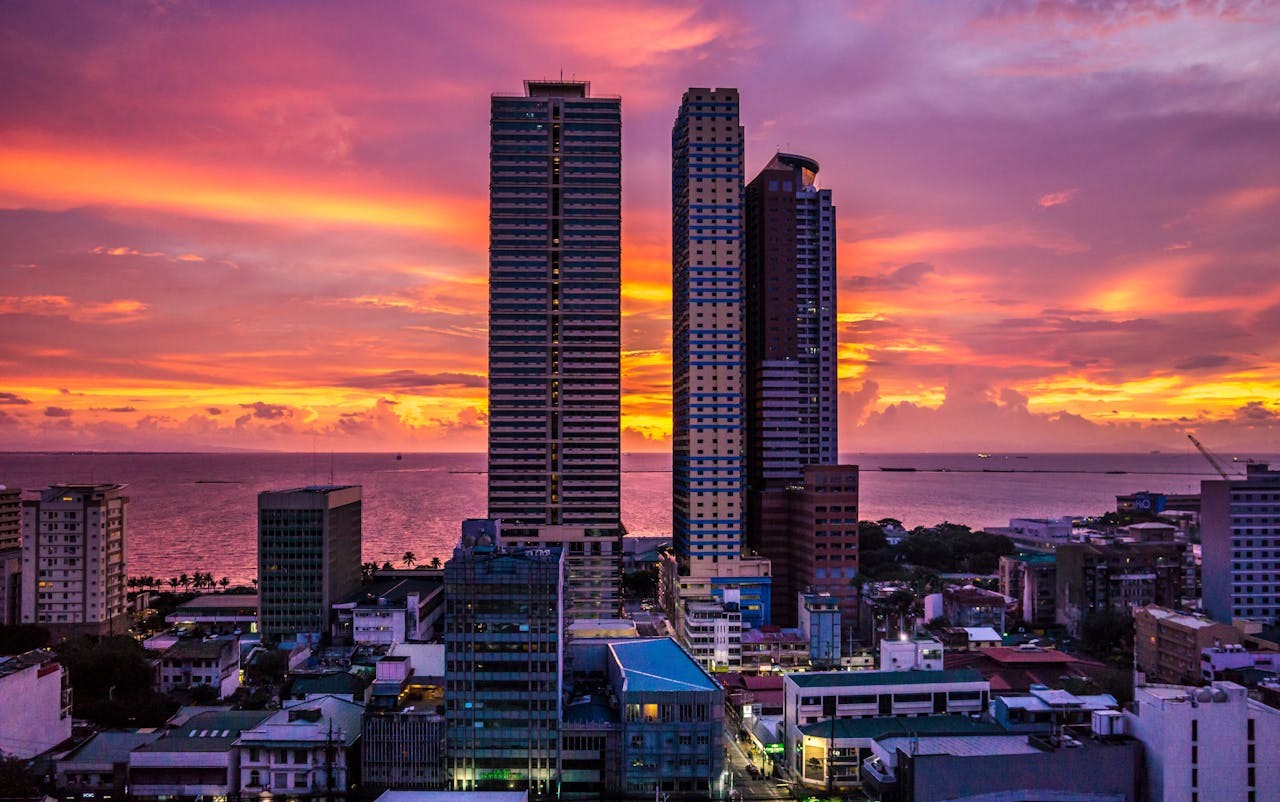
In the Philippines, especially around Metro Manila, congestion control turns license plates into gatekeepers. Under traffic schemes that rotate restrictions, certain plate endings are barred from key roads during rush hours on specific days. The approach does not judge how someone drives, only when that car is allowed into the flow. It nudges commuters toward carpools, transit, or adjusted schedules and shows how a single digit on a metal plate can shape a week’s routine in a crowded city.
Alabama, United States: No Driving While Blindfolded

Alabama spells out a rule that feels like the punchline of a bad story: driving while blindfolded is illegal. The fact that lawmakers took the time to name this behavior suggests a past filled with dares, stunts, or loopholes that ended badly. The law draws a sharp line between ordinary negligence and deliberate recklessness, where a driver chooses not to see at all. It reads as absurd on paper, yet it quietly warns against turning the road into a stage for pranks.
